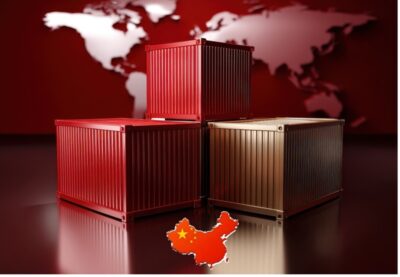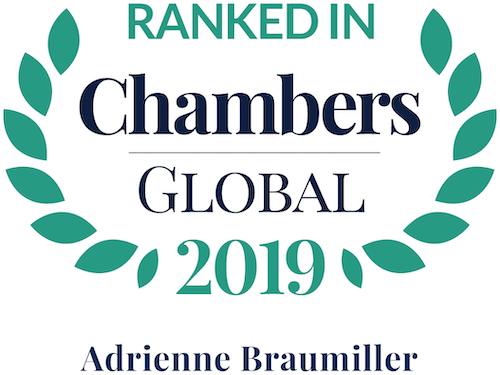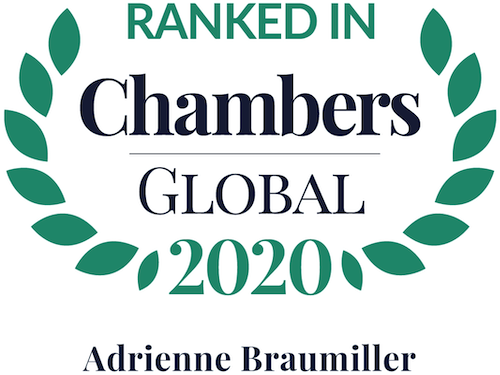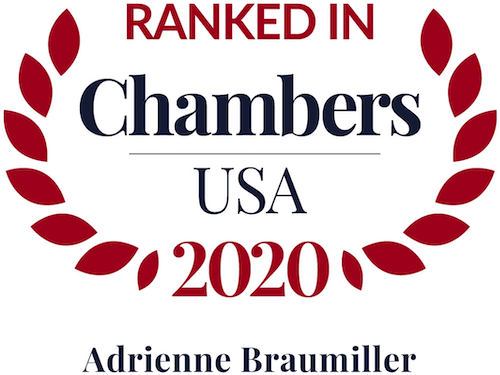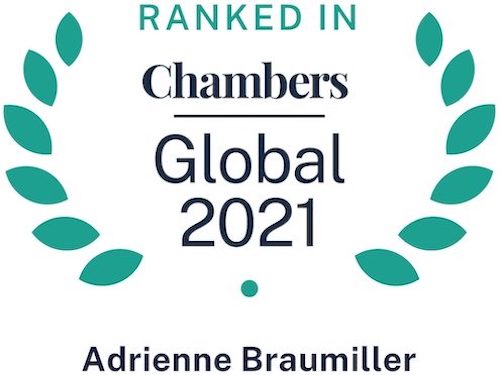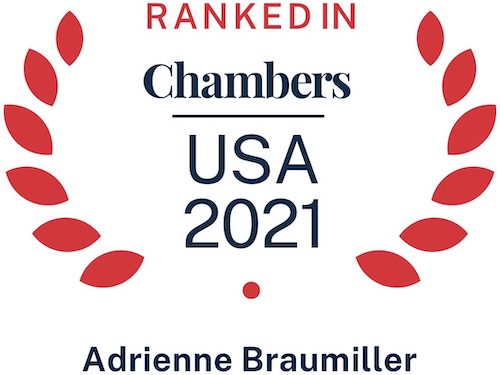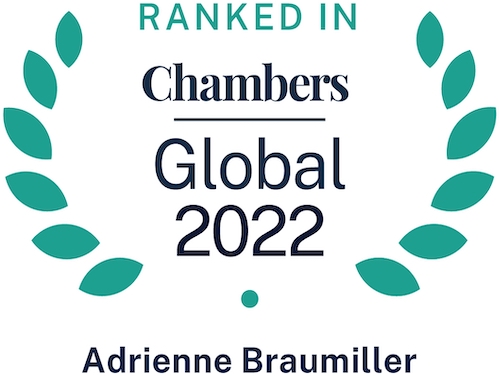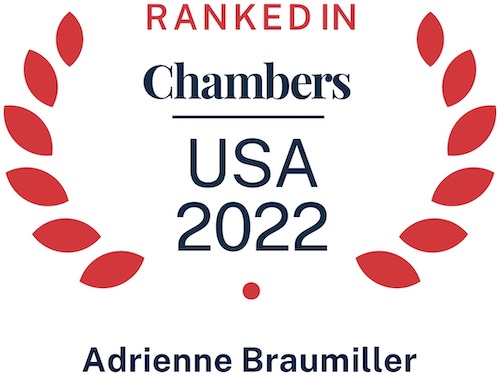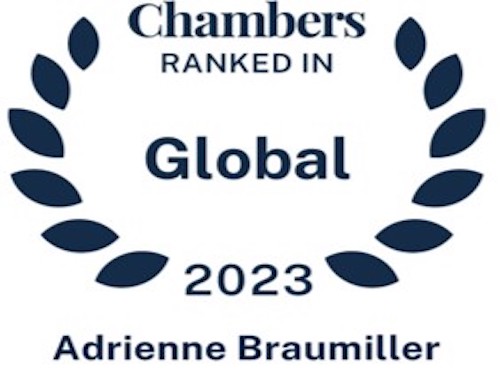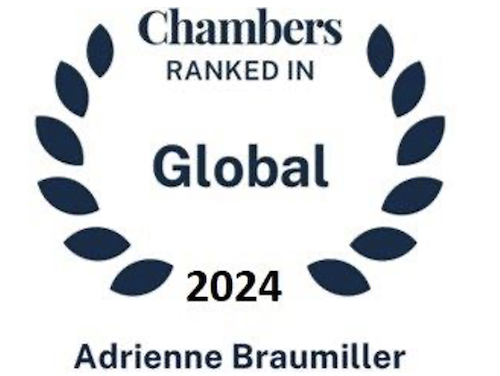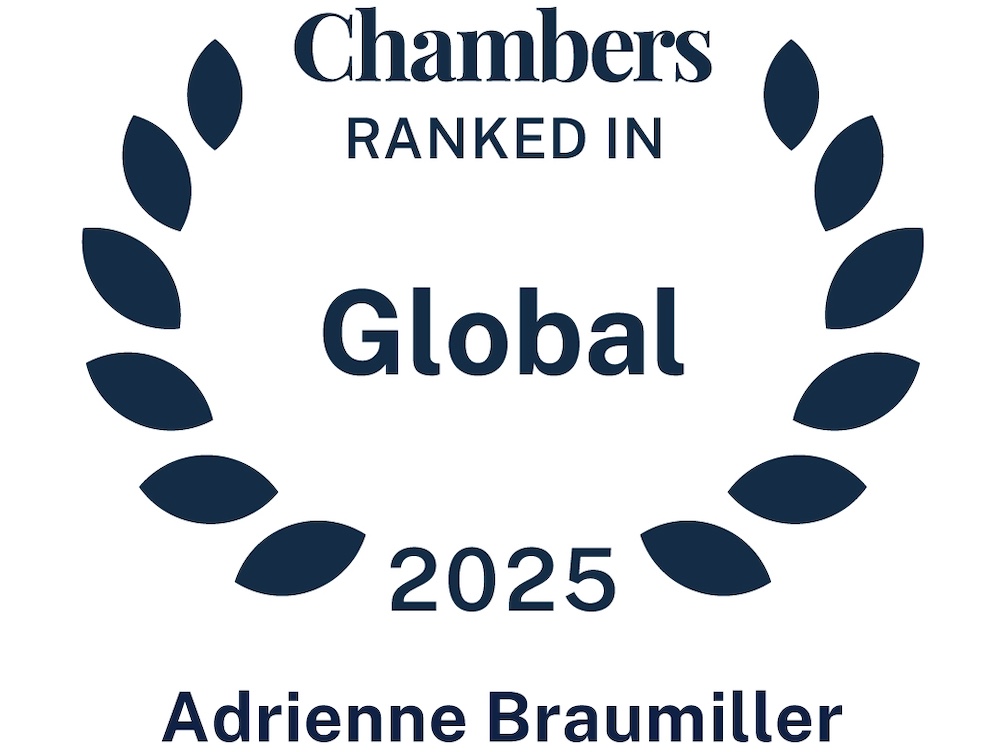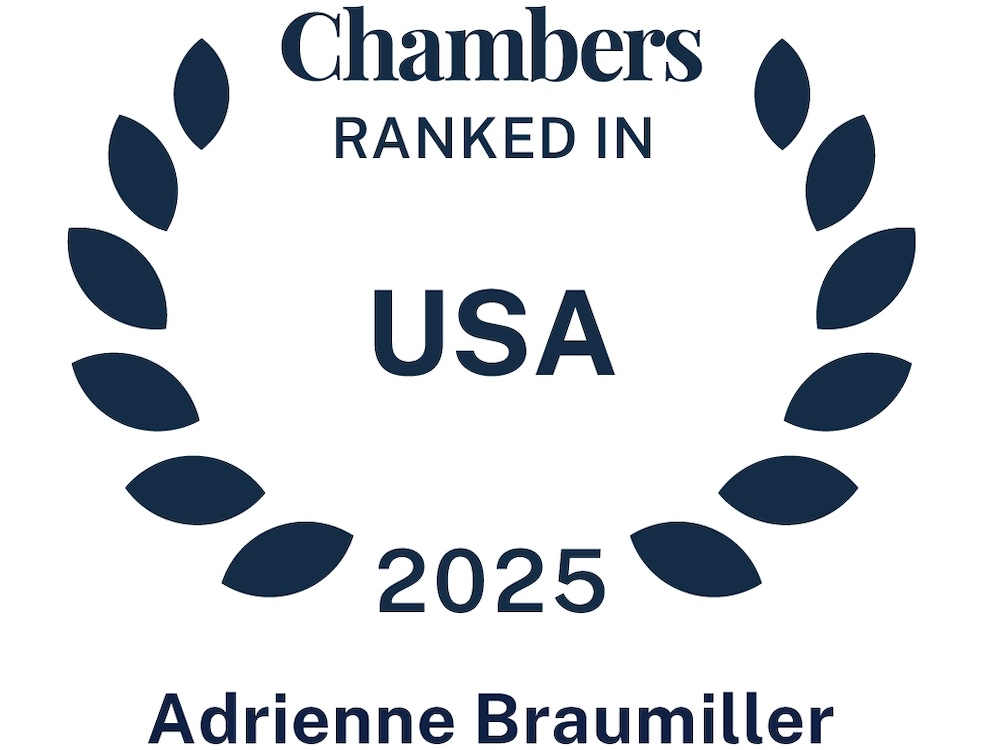As the U.S. Pushes For More Protectionism, Global Trade Turns to Another Obvious Option- China
By Bob Brewer, Braumiller Law Group
Here we are. August 1st, 2025, and the media is now publishing what facts they have on the various trade deals as well as those that have yet to come to fruition, in addition to the new announcement of imposed global tariffs which range anywhere from 10% to 41%, Yes, the trade world is on fire from a U.S. perspective. CNN, my “go-to” is reporting that the Trump Administration is imposing tariffs on over 60 countries around the globe. Canada has been bumped up to 35%, and Mexico stands at 25%, not good for our major trading partners. If a country has a trade deficit with the U.S. the tariff rate starts at 15%. Some countries are somewhat insignificant based on the amount of product they export to the U.S., but China, the world’s 2nd largest economy, and the U.S. have yet to make a deal. I therefore reflect back on “Liberation Day” and that historically important list of abusers around the globe, notating their duly noted punishment in a reciprocal tariff to the right, and the mandate put in place that the U.S. was coming after global trade partners, determined to make them pay for their abuse. To say the least, back then, it set off a chain reaction around the world regarding mitigation strategies, but also the exploration of options to trading with the U.S. I must say, wow, what an absolutely perfect opportunity for China to take the exact opposite approach and welcome the world of trade to their front door. And they have been doing just that. It goes beyond “zero tariffs” into China for 53 African countries, but that’s in play too. Yes, representatives from 53 African countries fairly recently gathered in Changsha, Hunan Province, China for high-level trade talks and the 4th China-Africa Economic and Trade Expo (CAETE), held from June 12–15, 2025. There were over 4,600 exhibitors and 40,000+ attendees who participated. Themed “China-Africa Joint Action, Pursuing Modernization Dreams”, the event emphasized mutual development and modernization
Exhibits covered sectors like clean energy, agriculture, e-commerce, traditional medicine, and infrastructure. It was during these talks and deal making sessions that China took the initiative to announce a new zero-tariff policy for exports from African countries with which it maintains solid diplomatic relations via its investments, such as the Belt and Road Initiative, further deepening its economic foothold across the continent.
Given the level of protectionism that the U.S. is exercising these days, it makes me ponder just what a map of the world of trade will look like about a year from now regarding key trading partners. If we colored those countries red for China being the preliminary partner and the U.S. in blue, I would estimate that we will see a great deal of red. This will especially be affected by geopolitics becoming an integral element in coercion such as a potential 50% tariff on Brazil if they don’t lay off of the current approach to prosecuting Bolsonaro, who Trump feels is being subject to a witch hunt. So, there are some major regions and countries that China is courting as we are poking these same countries with a stick, as China is extending an olive branch in many cases.
With the ASEAN countries, (Association of Southeast Asian Nations) China is significantly advancing its trade and economic cooperation, reinforcing its position as the region’s largest trading partner and a key strategic ally. Key developments here include record trade volumes such as in Q1, 2025 ASEAN remained China’s largest trading partner, with bilateral trade reaching 1.71 trillion yuan (approx. $234 billion US)—a 7.1% year-on-year increase. China–ASEAN trade is projected to surpass $1 trillion, exceeding China’s trade with both the U.S. and EU. Negotiations are underway to upgrade ACFTA to version 3.0, aiming to modernize trade rules, enhance digital trade, and deepen integration. Over 91.9% of tariff lines between China and ASEAN-6 countries have already been eliminated under the current agreement. Strategic, areas of cooperation between China and the ASEAN include: Digital economy and e-commerce, Green energy and clean technology, Agriculture and food security, Infrastructure and connectivity, Artificial intelligence and innovation. China is promoting the Hainan Free Trade Port as a hub for ASEAN investment. The ASEAN-China Cooperation Fund and Investment Cooperation Fund are being leveraged to support joint projects. 2025 is marked as the ASEAN-China Year of People-to-People Exchanges, with initiatives to boost tourism, education, and cultural ties. Imagine that, friendly ties in conjunction with solid trade initiatives. Which brings us to our ex-friends across the pond.
The EU European Commission President Ursula von der Leyen has been wooing the Comprehensive and Progressive Agreement for Trans-Pacific Partnership (CPTPP), a 12-nation Asian trade bloc, as part of efforts to promote “rules-based international trade,” Politico reported on June 29. Together, the EU and CPTPP represent 39 countries and approximately 30% of global trade. Von der Leyen has said the initiative is intended to “show to the world that free trade with a large number of countries is possible on a rules-based foundation.” She added that such a coalition could lay the groundwork for reforming or even replacing the 30-year-old and now dysfunctional World Trade Organization (WTO), which has succumbed to institutional gridlock and has been deemed to be absolutely useless according to the international trade community.
What about Australia? Chinese President Xi Jinping hosted Australian Prime Minister Anthony Albanese in Beijing in July 2025, marking a major diplomatic thaw. Xi stated that ties had “turned around” and emphasized a commitment to dialogue and stability in trade relations. The visit followed the removal of all remaining trade restrictions, including bans on Australian rock lobster, barley, and wine, effectively ending the trade war that began in 2017. Expansion of ChAFTA. (China Australia Free Trade Agreement) Chinese officials expressed interest in expanding the scope of the existing free trade agreement to include:
- Artificial intelligence cooperation
- Green energy technologies
- Digital services and e-commerce
- This cooperation is significant as it signals a shift from raw materials to high-tech and strategic sectors.
In the global chess match of standing up to the Trump administration, I must also commend Mexican President Gloria Sheinbaum. China is Mexico’s second-largest trading partner. Mexico’s imports from China in 2024 reached US$129.795 billion, according to Mexico News Daily. Mexico’s exports to China were significantly lower, totaling US$9.94 billion, according to Mexico News Daily. The difference between imports and exports resulted in a trade deficit of nearly US$120 billion. Mexico imports electronics, machinery, and vehicles from China, while exporting minerals, auto parts, and agricultural products like pork and avocados. In addition to discussions with major Chinese businesses like BYD moving into the Mexico in a grand way, China is investing in direct shipping routes to Mexico, such as the Dalian–Mexico container express service and the Qingdao–Mexico route, reducing reliance on U.S. ports and cutting shipping times by up to 10 days. Mexico’s Interoceanic Corridor—linking the Pacific and Gulf coasts—is being developed with Chinese support to streamline cargo movement and bypass the Panama Canal. Chinese firms are investing in manufacturing and automotive plants, telecommunications, and renewable energy, including solar and wind. Mexico’s lithium reserves and EV market are attracting Chinese interest for battery production and electric vehicle assembly as well. President Claudia Sheinbaum has launched a plan to reduce Mexico’s trade deficit with China by boosting domestic manufacturing and reducing reliance on imports. The government is offering tax incentives, investing in infrastructure, and supporting SMEs to strengthen local industries. While deepening ties with China, Mexico is also carefully managing its relationship with the U.S., its largest trading partner under the USMCA. This balancing act allows Mexico to diversify trade while maintaining access to the North American market. China isn’t the only country Mexico is looking to in developing trade partnerships as Canada, Latin America, and the EU are also very much in sight.
As previously mentioned, President Trump’s administration has imposed steep tariffs on Canadian exports @ 35%, including 50% on steel and aluminum, prompting Canadian businesses and policymakers to seek alternatives, such as Mexico, the EU, Latin America and of course China. There has been an obvious export shift. In April 2025, Canadian exports to the U.S. dropped by 15.7%, while exports to other countries, especially China, the U.K., Algeria, and Brazil, rose by 2.9% . China has expressed interest in deepening trade ties with Canada. Beijing’s ambassador to Canada emphasized that China does not want Canada to be forced to choose between the U.S. and China. China is open to reviving free trade agreement discussions, which stalled in 2018, provided Canada lifts certain trade restrictions. Canada imposed 100% tariffs on Chinese electric vehicles and 25% on steel and aluminum, citing unfair practices. China retaliated with tariffs on Canadian canola, pork, and seafood. Diplomatic strains, including human rights concerns and national security issues, complicate the relationship. Prime Minister Mark Carney and Chinese Premier Li Qiang agreed to regularize diplomatic and trade communications, aiming to resolve disputes and improve cooperation.
And Latin America? Trade between China and Latin America exceeded $500 billion in 2024, with projections to surpass $700 billion by 2035. China is now South America’s largest trading partner, overtaking the U.S. in countries like Brazil, Chile, and Peru. To date, China has signed FTAs with:
- Chile (2005)
- Costa Rica (2011)
- Peru (2010)
- Ecuador (ratified in 2024)
- Nicaragua (effective January 2024)
These agreements cover over 99% of exports in some cases, offering preferential access to Chinese markets. Twenty-one Latin American countries have joined China’s BRI, receiving funding for ports, highways, railways, and energy projects. Notable projects include:
-
- Chancay Megaport in Peru (majority-owned by China’s COSCO)
- Rail and energy infrastructure in Brazil and Argentina
- Digital and telecom investments across the region
In May 2025, China hosted a summit with Latin American and Caribbean leaders in Beijing, where President Xi Jinping announced a $9 billion credit line for infrastructure, energy, and tech development. Strategic Sectors of Cooperation include:
- Energy: Oil, gas, and renewables
- Mining: Lithium, copper, and rare earths
- Agriculture: Soybeans, beef, and seafood
- Technology: 5G, AI, and digital infrastructure
- Space and Defense: Satellite cooperation and military exchanges (notably with Venezuela)
China’s presence is seen as a counterbalance to U.S. dominance in the Western Hemisphere, especially as Washington adopts more protectionist policies. While the rather one-sided deals get announced via the Trump administration, it does bring into play what the rest of the world is doing. Such as, Taiwan and the United Kingdom signing a landmark three-pillar trade deal in Taipei focusing on digital trade, energy cooperation and investment opportunities. It was attended by British trade minister Douglas Alexander, who also met with President Lai Ching-te.
Oh, and by-the-way, Country of Origin hasn’t been mentioned within the new trade agreements as of yet, which will be a significant obstacle for many in order to capitalize on the lower tariff rates. The newly announced tariffs will initiate on August 7th. There’s still time for some negotiation!!!!!

